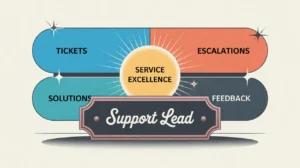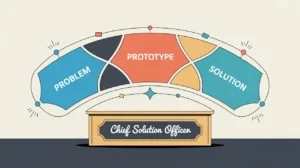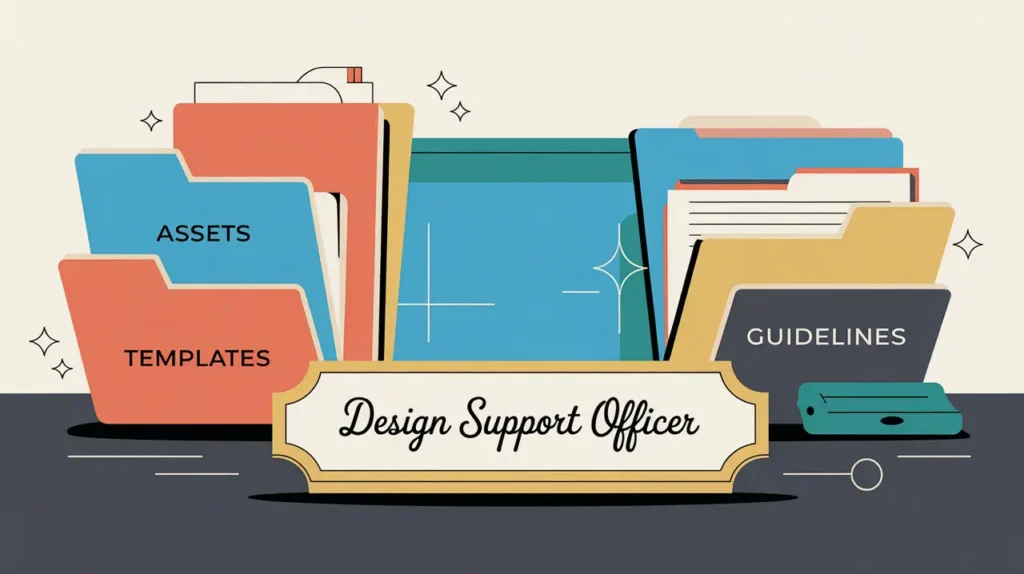What Does the Design Analyst Role Involve?
A design analyst is responsible for applying analytical thinking, research, and problem solving to support the development of effective program, service, or product designs. This involves gathering and analyzing user insights, evaluating design concepts, supporting prototyping and testing, and helping to align design decisions with organizational goals and user needs. The role typically sits within design, innovation, strategy, or research functions depending on the organization’s structure. In both nonprofits and social enterprises, design analysts help ensure that solutions are informed by evidence, responsive to context, and positioned for impact.
At What Level does this Role Operate?
Mid Level: This role typically reports to a design lead, innovation manager, or strategy director. It involves analytical and creative responsibilities, often bridging research, operations, and design teams to inform and refine solutions.
Relative Employability: Design analyst roles are increasingly in demand across nonprofits, social enterprises, philanthropic organizations, research institutions, and the private sector. As organizations embrace human-centered and data-informed design approaches, skilled analysts who can bridge insight and execution are highly valued.
Relative Pay Scale: Within nonprofits and social enterprises, design analyst roles sit in the mid pay bands, reflecting their analytical expertise, cross-functional responsibilities, and contribution to innovation processes.
What are the Key Responsibilities and Activities?
- Conduct research and gather user insights through interviews, surveys, observations, or data analysis
- Analyze qualitative and quantitative data to identify patterns, needs, and opportunities for design improvement
- Support the development and evaluation of design concepts, prototypes, and service models
- Contribute to user journey mapping, systems mapping, and problem definition exercises
- Collaborate with designers, strategists, program teams, and stakeholders to refine solutions
- Document research findings and translate insights into actionable recommendations for design decisions
- Assist in testing and iteration cycles to ensure that designs are feasible, effective, and aligned with user needs
- Support reporting and presentations that communicate insights and recommendations clearly
What Core Competencies and Qualifications are Needed?
Required Qualifications and Experience
The following reflect common qualifications and experience expected for this role, while recognizing that pathways may vary by context, organization, and region.
- Relevant academic background in design, human-centered design, social sciences, public policy, data analytics, or a related field, or equivalent professional experience
- Experience in conducting and analyzing user research using both qualitative and quantitative methods
- Familiarity with design thinking, human-centered design, or service design frameworks
- Strong analytical, critical thinking, and communication skills
- Ability to work collaboratively across multidisciplinary teams
Key Competencies
- Research and insight generation
- Analytical and critical thinking
- User-centered design methods
- Communication and visualization of findings
- Collaboration with designers, strategists, and stakeholders
- Problem definition and solution evaluation
How are AI and Automation Shaping this Role?
An AI-native design analyst will look to AI and automation to accelerate research analysis, identify patterns, and generate design insights. They can use AI tools to analyze large datasets, summarize qualitative research findings, run sentiment analysis, and visualize user journeys dynamically. Automation can support survey distribution, data cleaning, and thematic analysis, enabling the analyst to focus on interpretation, synthesis, and strategic design recommendations. By integrating AI thoughtfully, design analysts can increase the speed, depth, and rigor of their contributions to innovation processes.
What Career Pathways and Transferable Skills are Associated with this Role?
Design analyst roles can lead to positions such as design lead, innovation manager, service designer, or strategy manager. The skills developed in research, analysis, and design synthesis are highly transferable across nonprofits, social enterprises, corporations, design consultancies, and government agencies. Professionals in this role are well positioned to grow into leadership positions in innovation, service design, or strategic problem solving.







